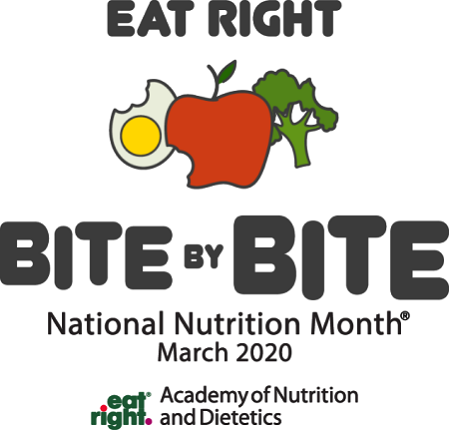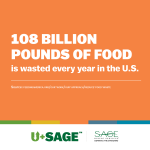Food Additives from A-Z: A
Nutrition
To clear up some of the mysteries behind common food additives, SAGE’s Registered Dietitians are explaining what they are and how they function. This part of our ongoing series covers a few common additives that start with A. Acesulfame potassium (acesulfame-K, Ace-K) This is one of the most common zero-calorie sweeteners. It’s about 200 times sweeter than sugar, and it’s as sweet as aspartame. Ace-K is often combined with other artificial sweeteners to create a flavor that’s closer to that...
From Our Kitchen: Chickpea Salad with Feta and Radishes
From Our Kitchen
This salad makes a great lunch or side dish. It’s packed with produce and can help you add more vegetable variety to your daily intake. If you’re vegetarian, chickpeas — also known as garbanzo beans — are one of the plant-based proteins you can eat to maintain a balanced diet. If you’re allergic to eggs, you can save the liquid from the canned chickpeas, called aquafaba, to make an allergen-free, vegan egg replacer. Servings: 6 Prep time: 15 minutes Cook...
The Power of Produce
Nutrition
New nutrition trends pop up almost daily, but one thing that has never changed is the recommendation to eat more fruits and vegetables! Physicians, dietitians, and parents have repeated this message — and it’s supported by science. The Dietary Guidelines for Americans recommend consuming about 5 cups of a variety of fruits and vegetables every day. Yet most people fall short. Only 12% of adults and 40% of children regularly meet daily fruit recommendations, and only 9% of adults and...
From Our Dietitians: Replacing Eggs with Aquafaba
Nutrition, From Our Kitchen, From Our Chefs
When you use canned beans, you probably pour the liquid in the can down the drain. But did you know that you can use it in recipes? The liquid, called aquafaba, can function as an allergen-free, vegan egg replacer. Aquafaba is created when beans are cooked. As the beans cook, the starches absorb water, which makes them expand and then break down. As the starches break down, they release into the water along with a small amount of protein, sugars...
From Our Dietitians: The Snacking Trend
Nutrition, From Our Kitchen, From Our Chefs
Snacking, or consuming food between “typical” meals, has continued to grow in popularity over the years, with people turning more and more to smaller, more frequent meals. According to 2019 research from the International Food Information Council Foundation, 57% of those surveyed reported snacking at least once daily, with 97% snacking at least once weekly. As nearly everyone joins in on the snacking trend, let’s look at some of the reasons to snack — one of the biggest is hunger...
From Our Dietitians: Supporting Your Immune System
Nutrition
Protein; vitamins A, C, and E; zinc; and probiotics are some of the many nutrients that come together to support the immune system. To get these nutrients: Eat a balanced diet of proteins (meat, seafood, eggs, beans, and peas), carbohydrates (especially whole grains), and fats (especially in seeds and oils). Choose a variety of fruits and vegetables in different colors. Try to include a fruit or vegetable at every meal or snack. Add in some fermented foods and drinks, such...
From Our Dietitians: National Nutrition Month
Nutrition
What Does It Mean to Eat Right, Bite by Bite? March is our Dietitians’ favorite month because it’s National Nutrition Month®! Every year, the Academy of Nutrition and Dietetics selects a theme that reinforces what nutrition professionals focus on when educating the public, including making informed food choices, selecting nourishing foods, and incorporating movement and exercise into daily life when appropriate. This year’s theme is Eat Right, Bite by Bite. Check out what this theme means to each of SAGE’s...
How We Protect Against Eating Disorders
Nutrition, Eating Disorders
National Eating Disorders Awareness Week (February 24 to March 1) is a reminder that although it isn’t easy to talk or think about eating disorders, it’s important. Eating disorders are complex and life-threatening mental illnesses, and they’re on the rise. They affect all ages, genders, races, nationalities, sexual orientations, and body shapes and sizes. Eating disorders exist on a continuum with disordered eating, and symptoms range from extreme restriction to binge eating and distorted body image. According to the National...






